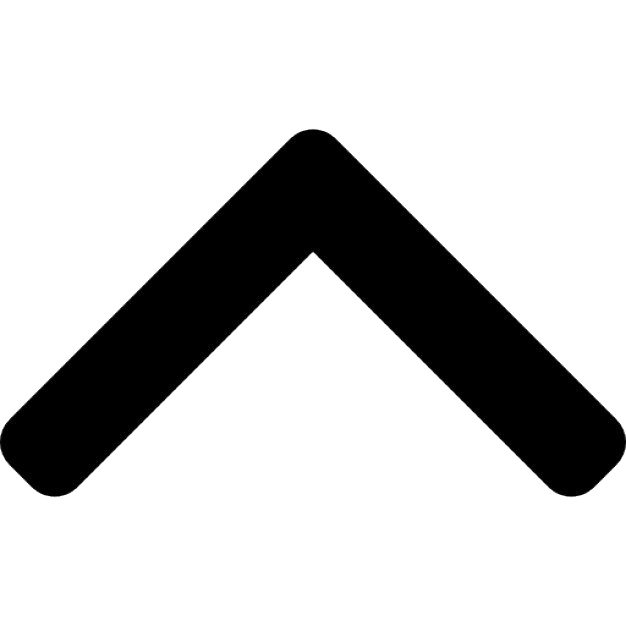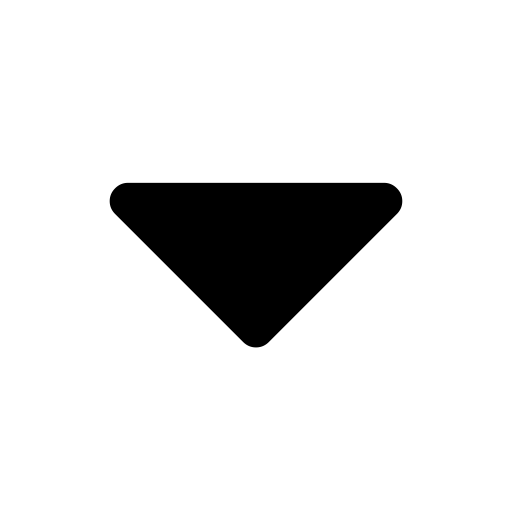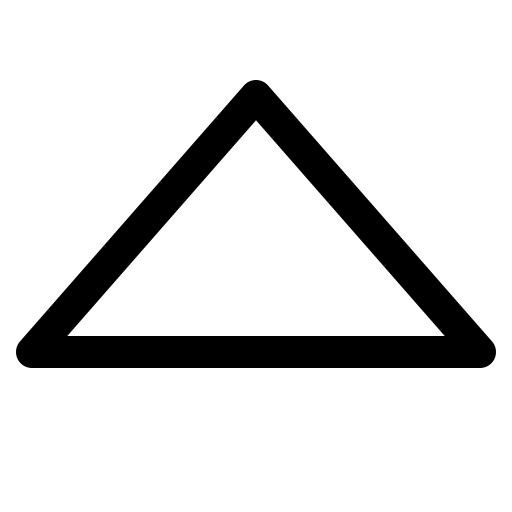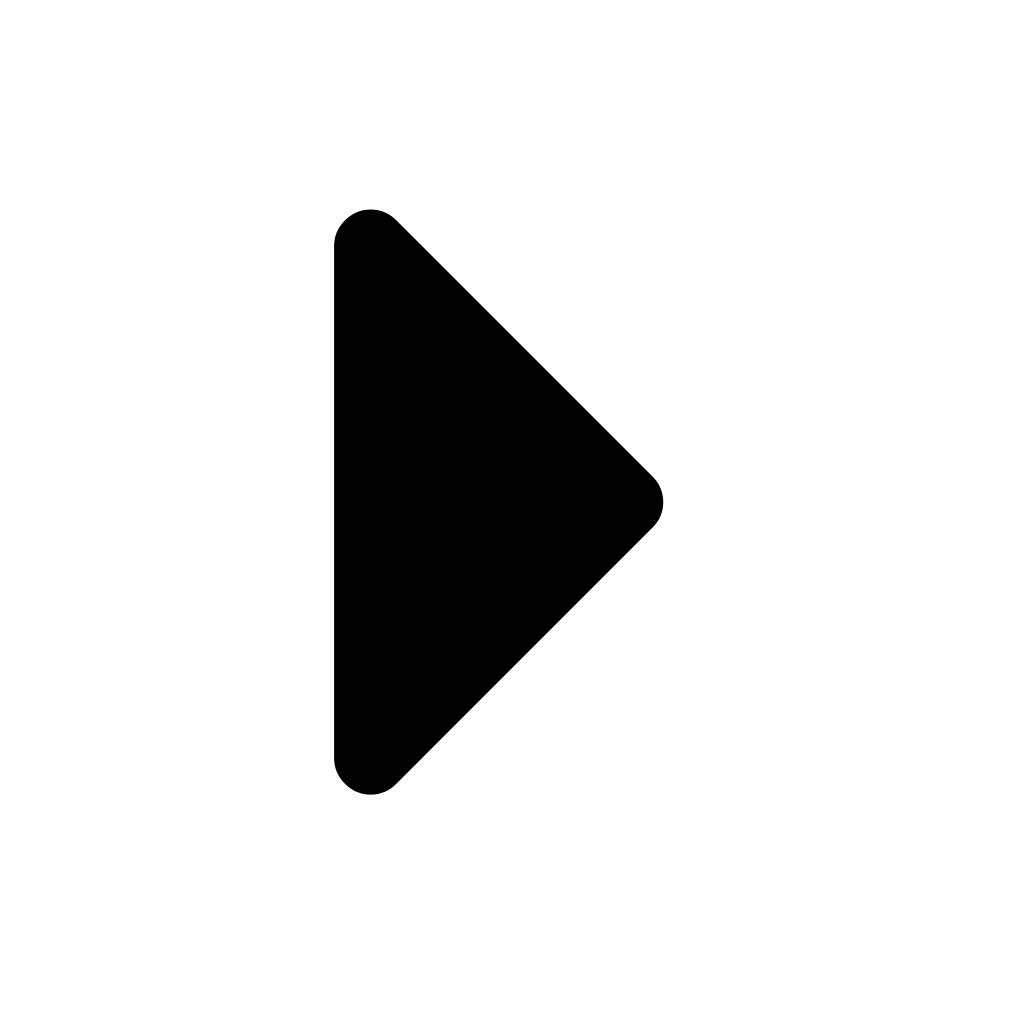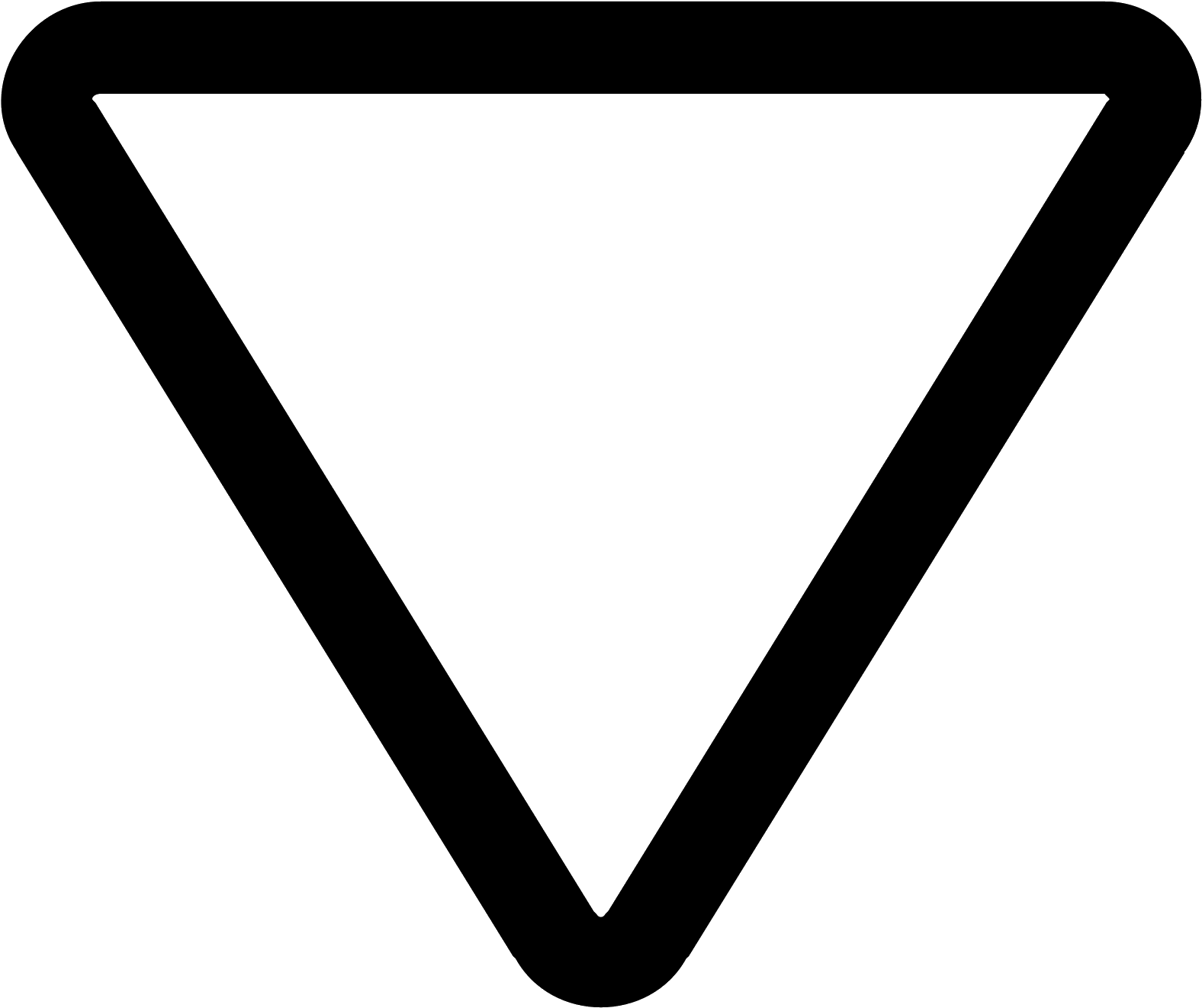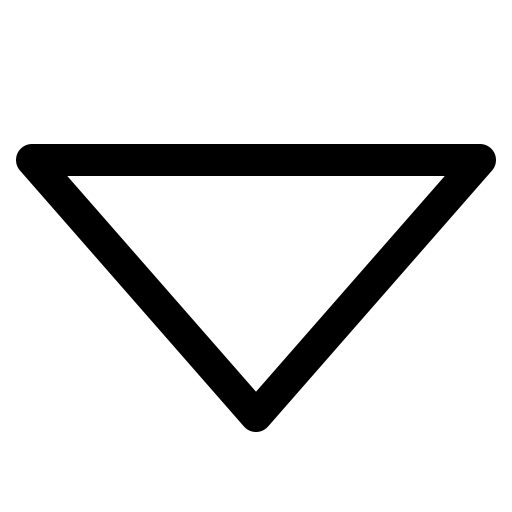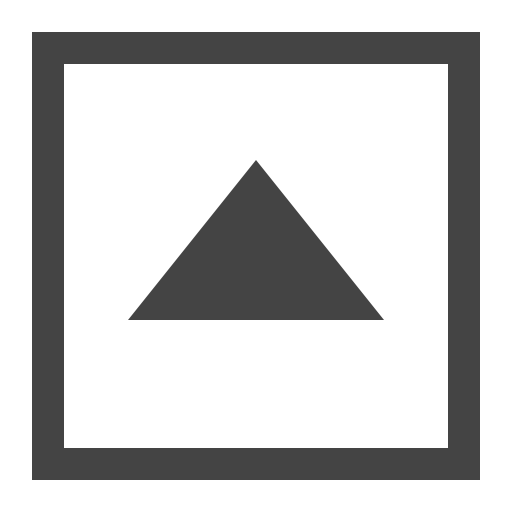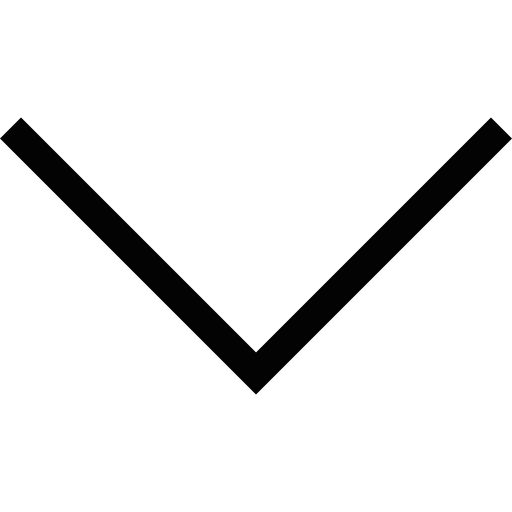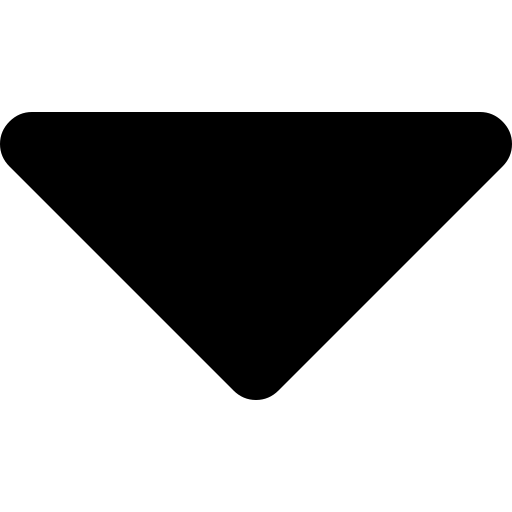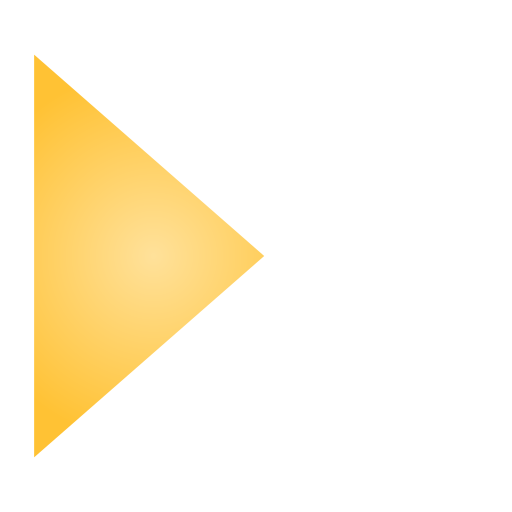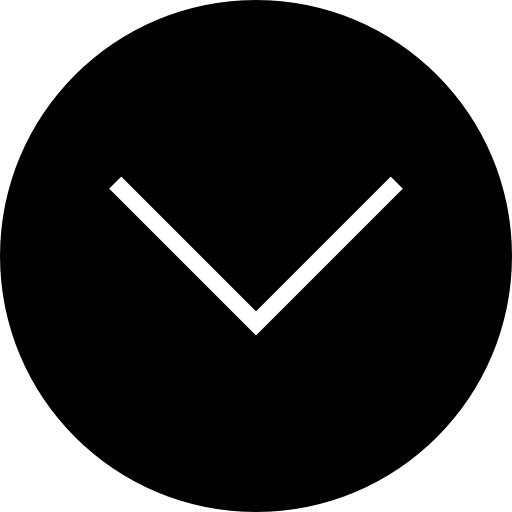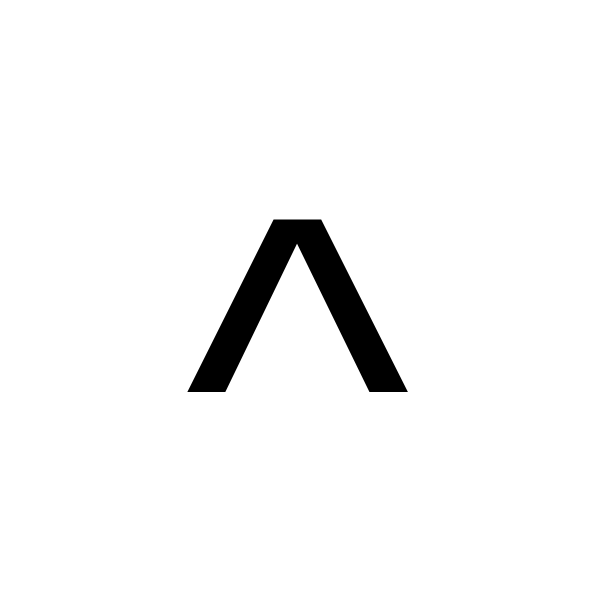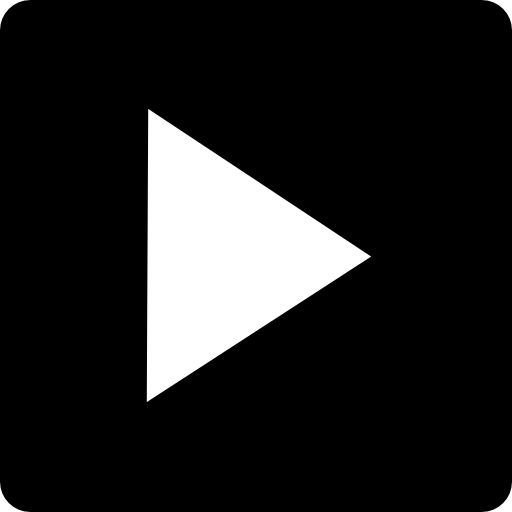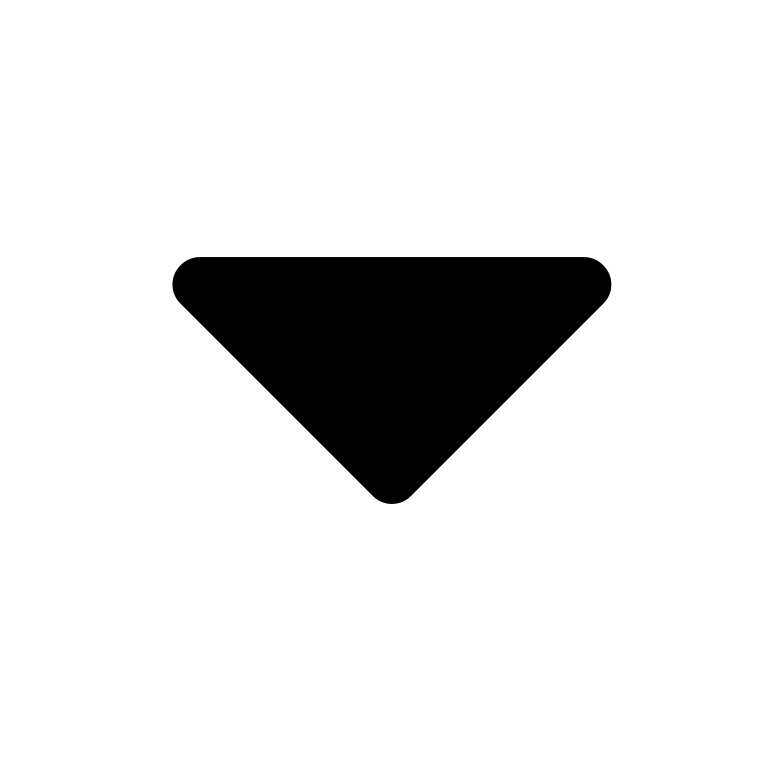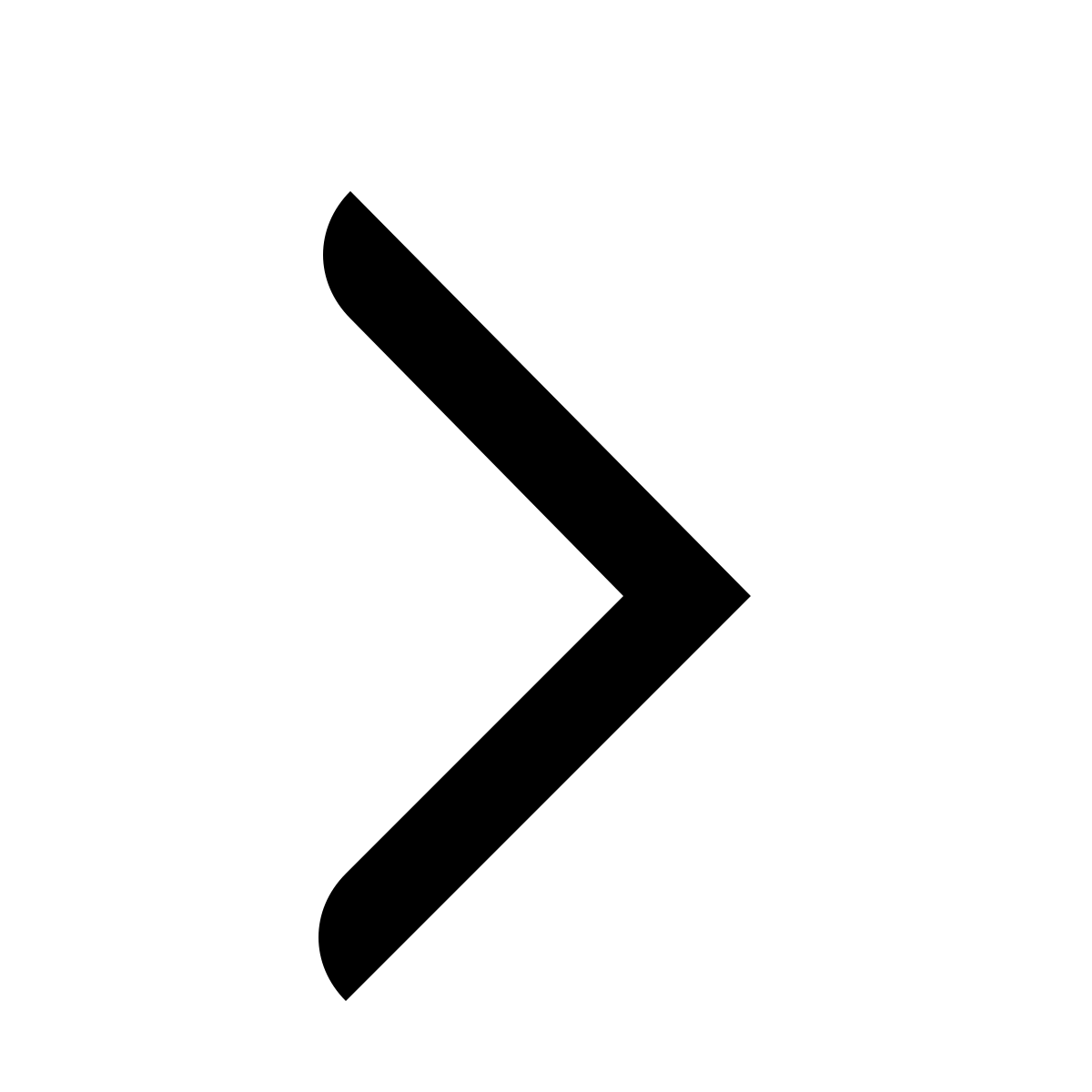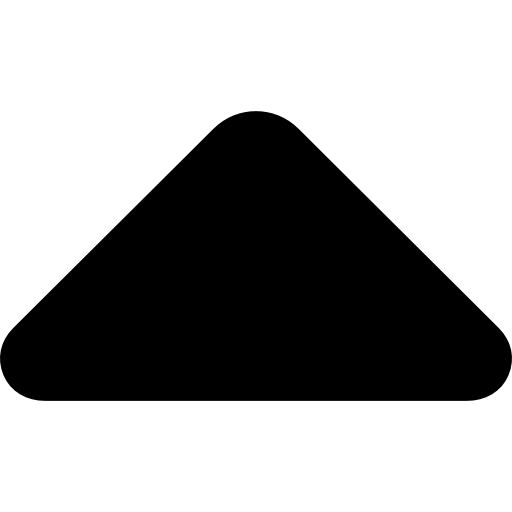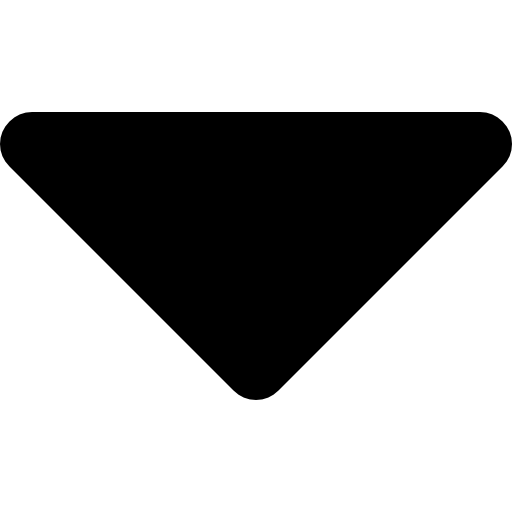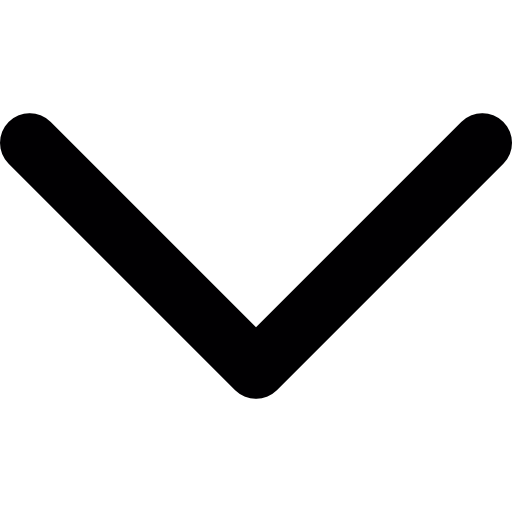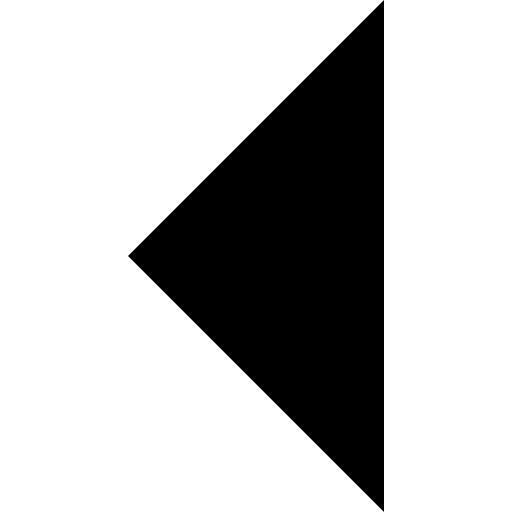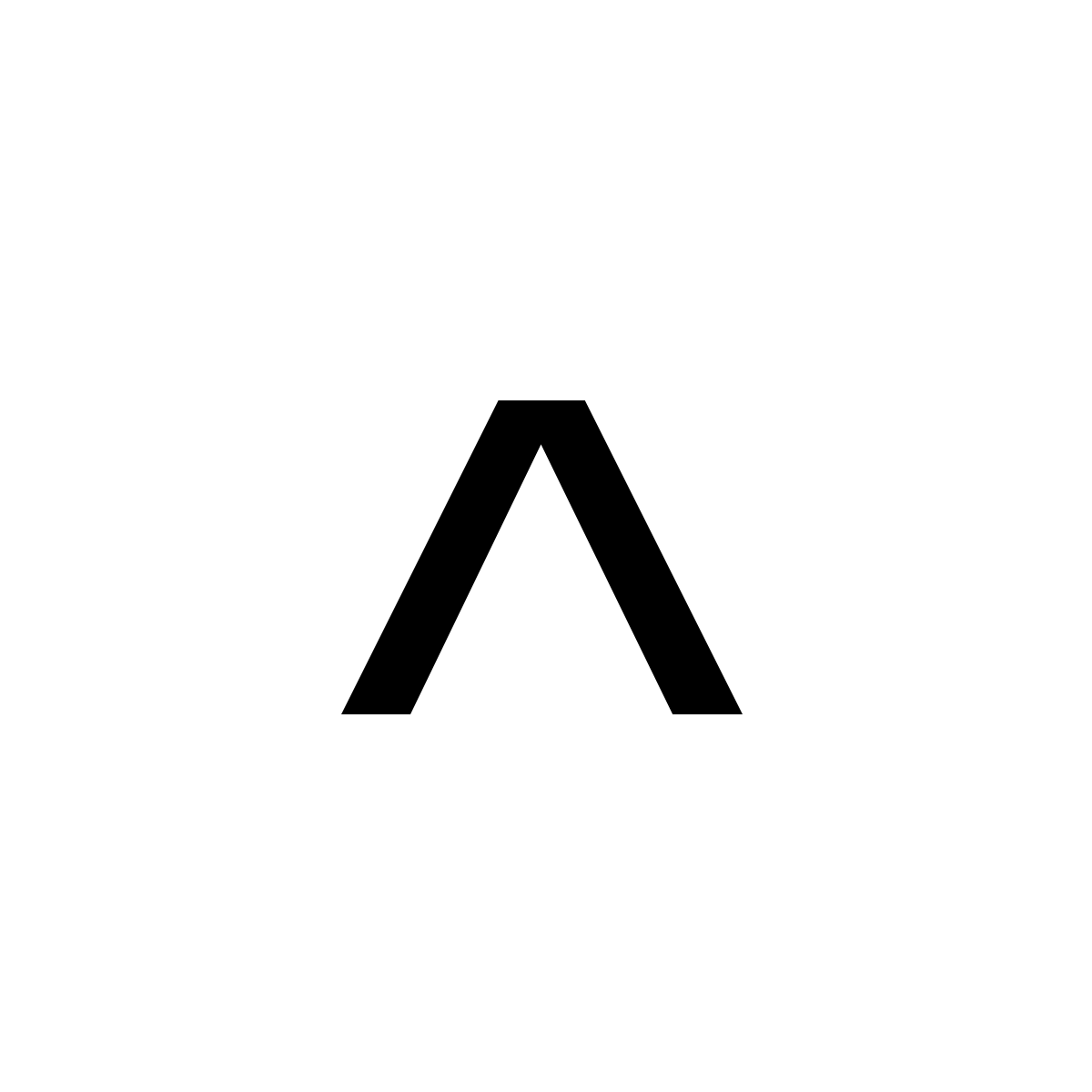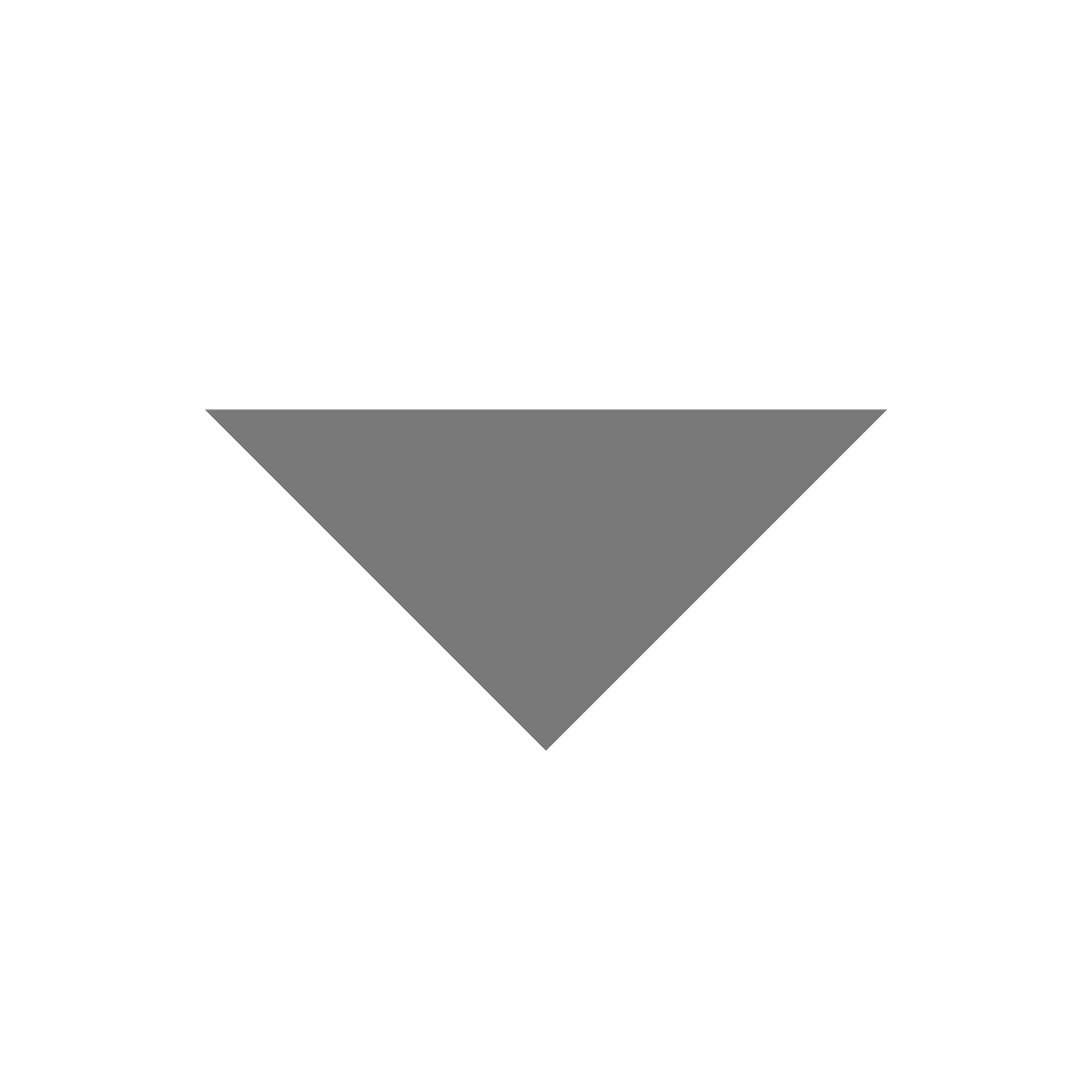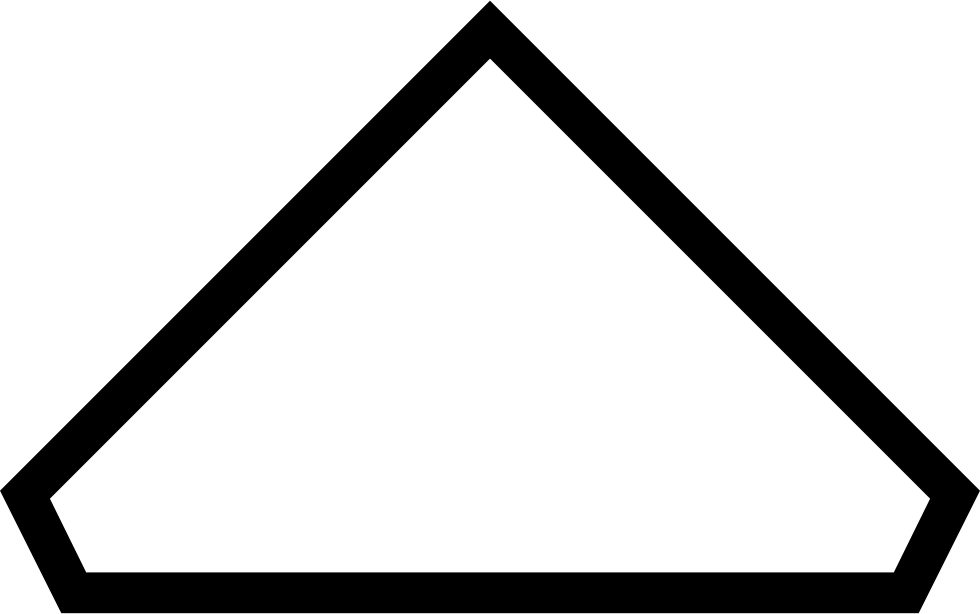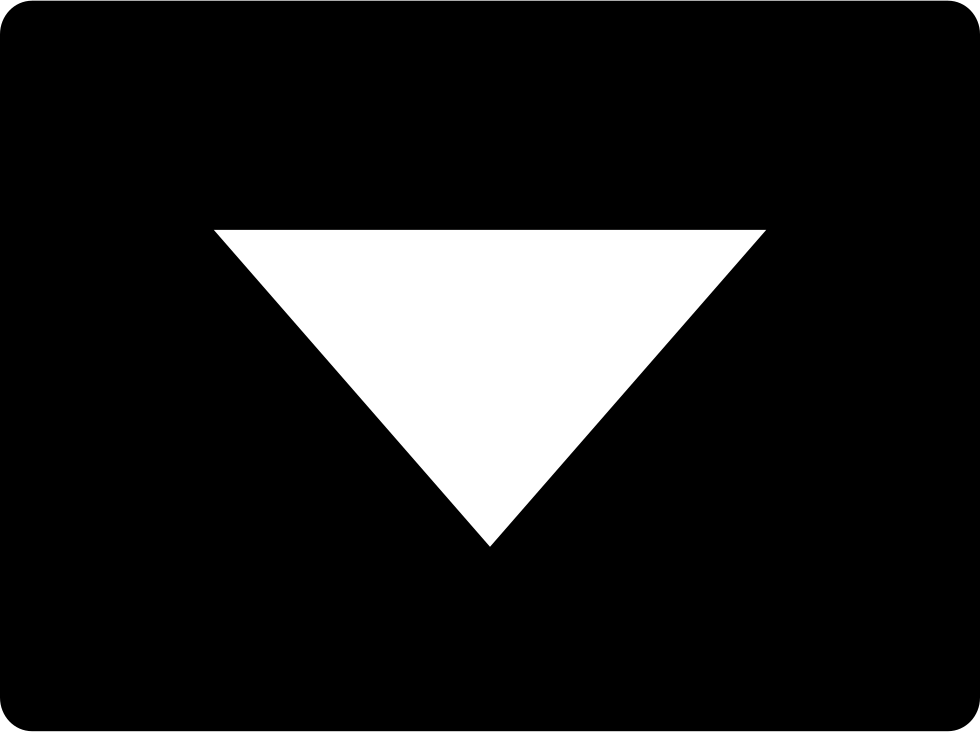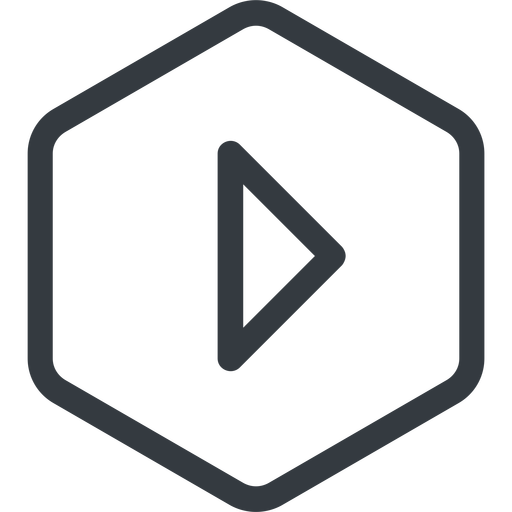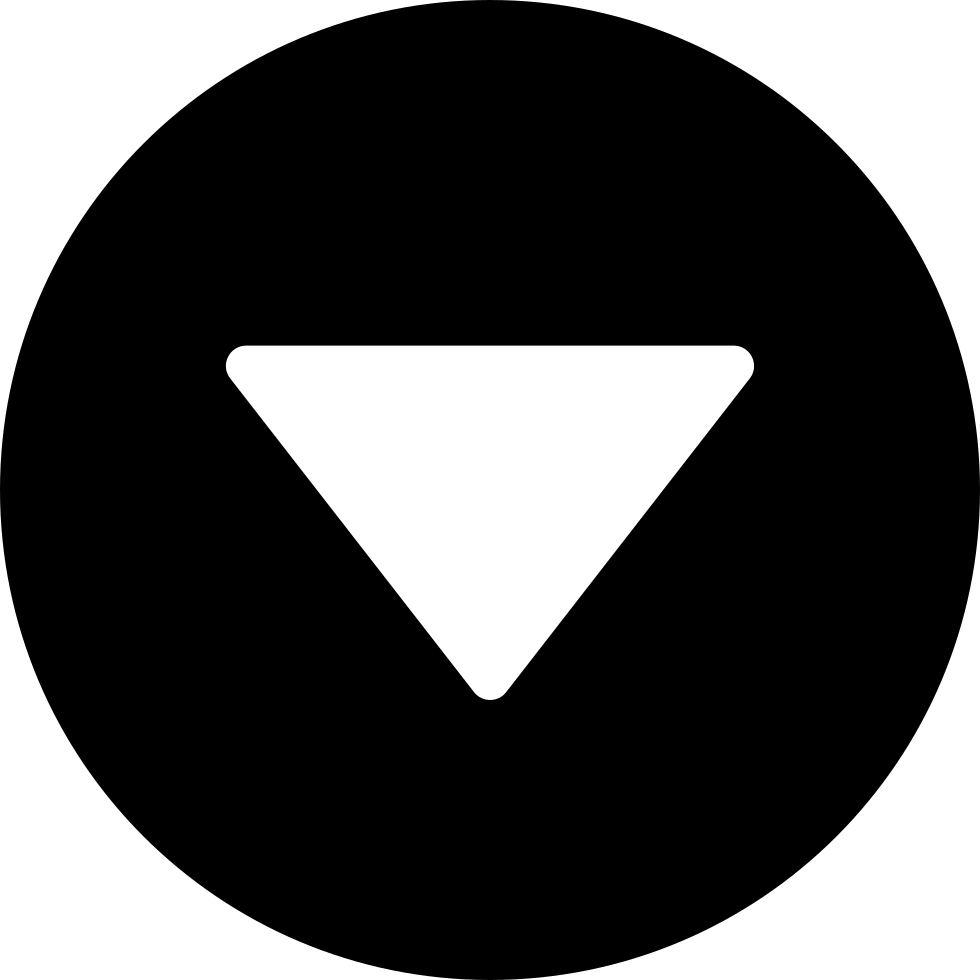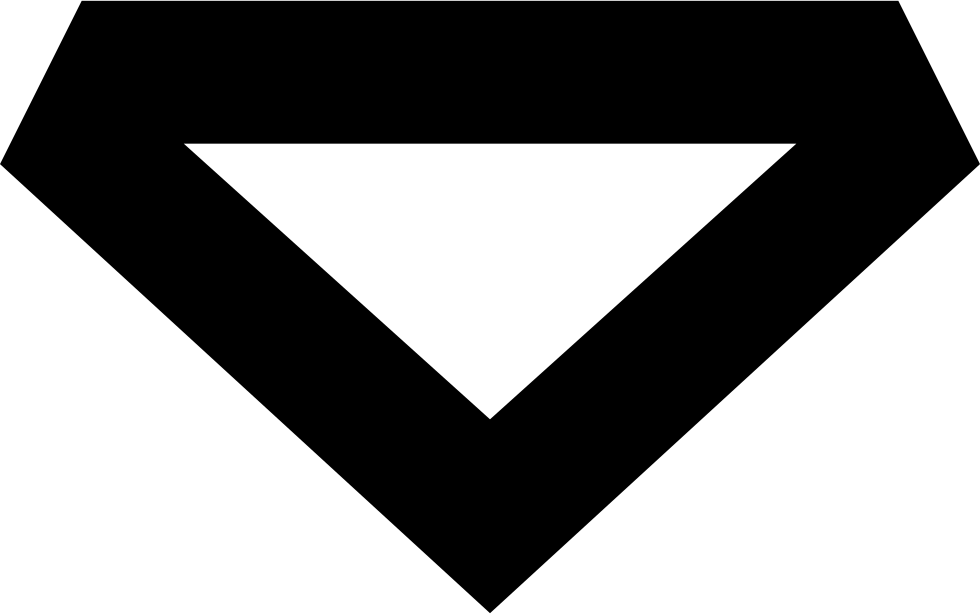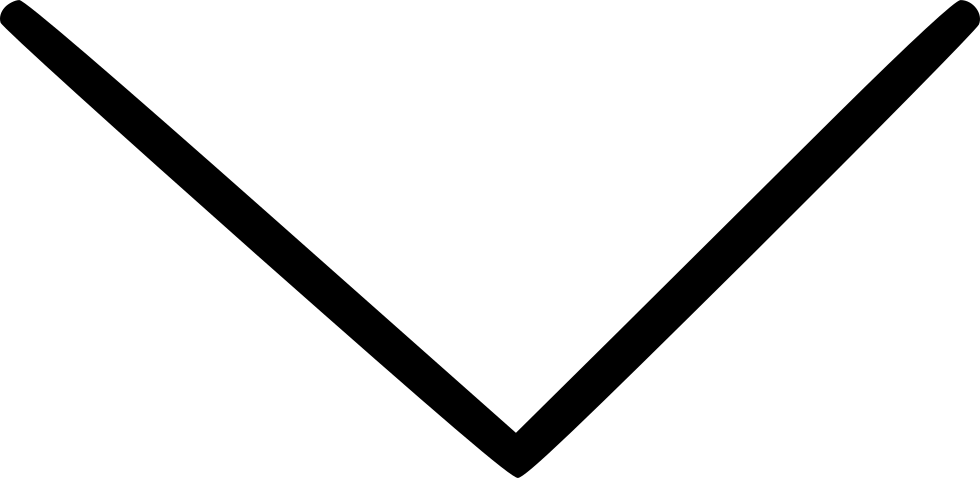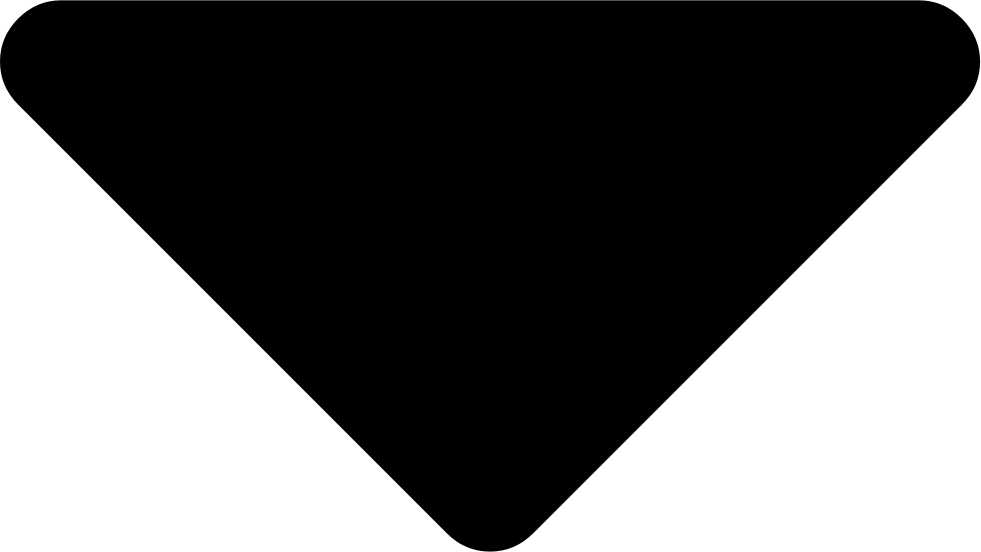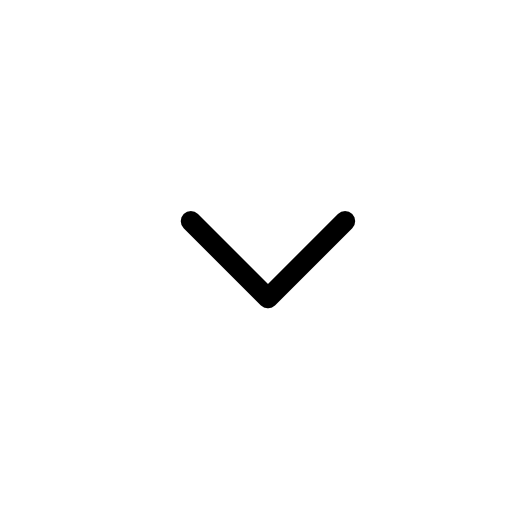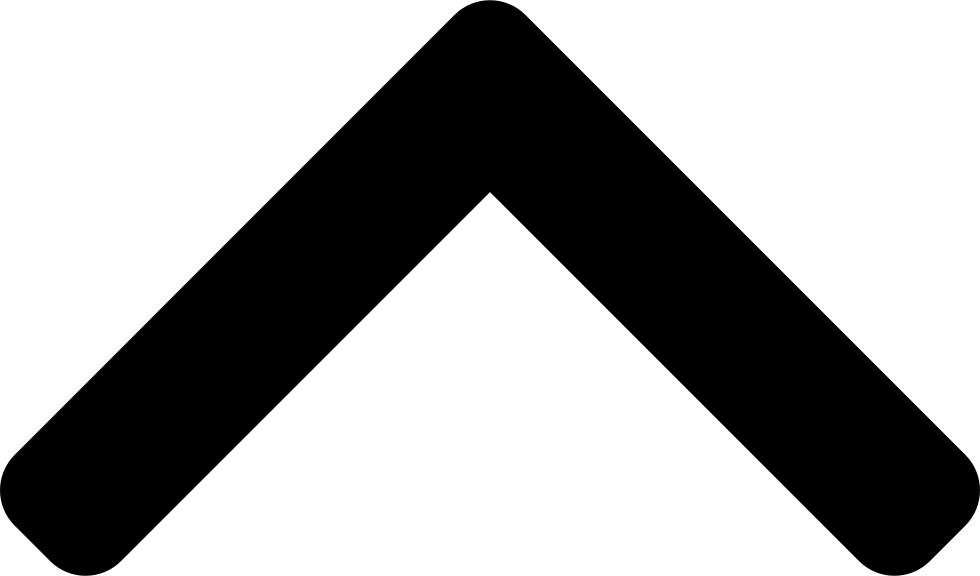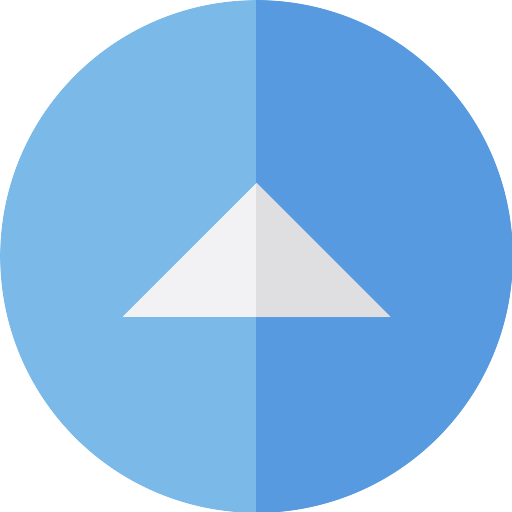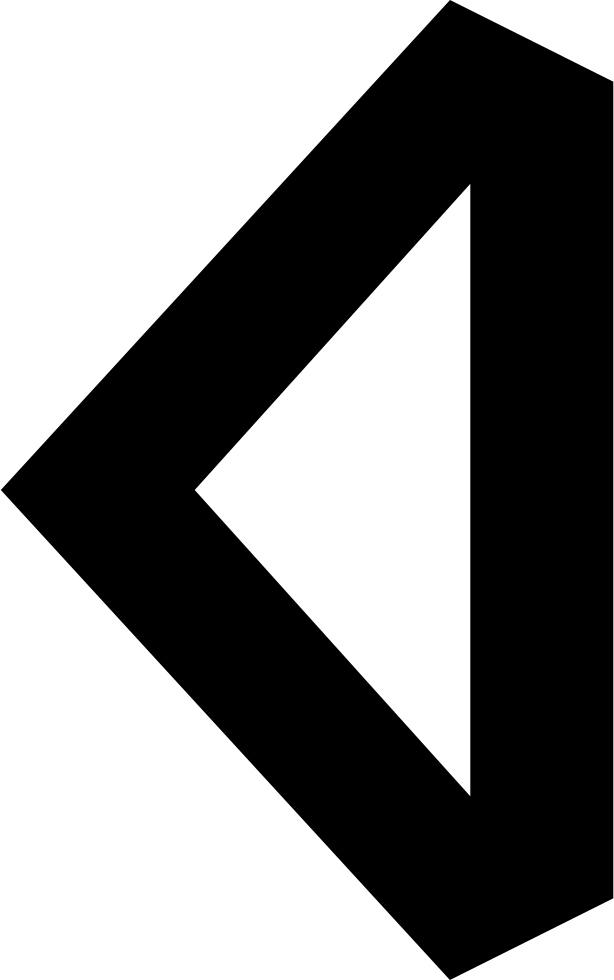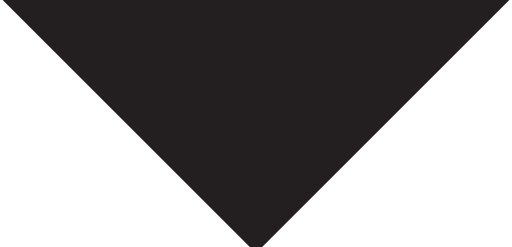Download top and best high-quality free Caret PNG Transparent Images backgrounds available in various sizes. To view the full PNG size resolution click on any of the below image thumbnail.
License Info: Creative Commons 4.0 BY-NC
The caret sign is an inverted V-shaped grapheme. It is the space character ^ in ASCII (at code point 5Ehex) and other character sets which can also be called a hat, control, up or, less frequently, chevron, xor sign, ‘to the power of’ (exponent), pointer (in Pascal), or corner. Officially, this character is called circumflex accent in the terminology ASCII and Unicode (due to its historical use in overprinting). At the same time, Caret refers to a similar but lowered Unicode character: U+2038 ‸ CARET. Also, there is a reduced variant with a stroke: U+2041 ⁁ CARET INSERTION POINT.
The Caret sign was initially and continues to be used in handwriting as a proofreading mark to indicate where a punctuation mark, word or phrase should be inserted in a document. The term comes from the Latin caret, “it is lacking”, from carēre, “to lack, separated from, to be free from”. The Caret sign symbol is written under the line of text for a punctuation mark at line level, such as a comma, or above the line as a reverse Caret sign for a higher character. An example is an apostrophe; the material to be Caret can be placed inside the cursor, in the margin or above the line.
An embossed variant of the symbol can be found on some typewriters, where it is used to denote a circumflex accent in individual languages, such as French, Welsh and Portuguese. It is usually a dead key, which does not advance the carriage and allows the next letter to striking the same point (below the paper’s circumflex).
Concerning computer systems, the original 1963 version of the ASCII standard reserved the code point 5Ehex for an upward arrow (↑). However, the 1965 ECMA-6 standard replaced the up arrow with a circumflex (^), which was also applicable as a diacritic, and two years later, the second revision of ASCII followed suit. Since the early mainframe and minicomputer widely used teletypewriters as output devices, printing the circumflex above a letter if necessary. However, with the proliferation of monitors, this has been deemed insufficient, and precomposed characters, with the diacritic included, have been introduced instead into the accompanying character sets, such as Latin-1 and then Unicode. The original circumflex was left for other purposes, and since it no longer needed to stand over a letter, it became more extensive in appearance.
Download Caret PNG images transparent gallery.
- Caret Symbol Transparent
Resolution: 626 × 626
Size: 52 KB
Image Format: .png
Download
- Caret Symbol
Resolution: 512 × 512
Size: 1 KB
Image Format: .png
Download
- Caret Transparent
Resolution: 512 × 512
Size: 3 KB
Image Format: .png
Download
- Caret
Resolution: 1024 × 1024
Size: 8 KB
Image Format: .png
Download
- Caret PNG Clipart
Resolution: 1576 × 1322
Size: 25 KB
Image Format: .png
Download
- Caret PNG Download Image
Resolution: 512 × 512
Size: 3 KB
Image Format: .png
Download
- Caret PNG File Download Free
Resolution: 512 × 512
Size: 2 KB
Image Format: .png
Download
- Caret PNG File
Resolution: 512 × 512
Size: 1 KB
Image Format: .png
Download
- Caret PNG Free Download
Resolution: 512 × 512
Size: 4 KB
Image Format: .png
Download
- Caret PNG Free Image
Resolution: 512 × 512
Size: 23 KB
Image Format: .png
Download
- Caret PNG HD Image
Resolution: 512 × 512
Size: 6 KB
Image Format: .png
Download
- Caret PNG High Quality Image
Resolution: 600 × 600
Size: 5 KB
Image Format: .png
Download
- Caret PNG Image File
Resolution: 512 × 512
Size: 6 KB
Image Format: .png
Download
- Caret PNG Image HD
Resolution: 768 × 768
Size: 5 KB
Image Format: .png
Download
- Caret PNG Image
Resolution: 1200 × 1200
Size: 10 KB
Image Format: .png
Download
- Caret PNG Images
Resolution: 512 × 512
Size: 4 KB
Image Format: .png
Download
- Caret PNG Photo
Resolution: 512 × 512
Size: 4 KB
Image Format: .png
Download
- Caret PNG Pic
Resolution: 512 × 512
Size: 2 KB
Image Format: .png
Download
- Caret PNG Picture
Resolution: 512 × 512
Size: 2 KB
Image Format: .png
Download
- Caret PNG Transparent HD Photo
Resolution: 512 × 512
Size: 2 KB
Image Format: .png
Download
- Caret PNG
Resolution: 1200 × 1200
Size: 9 KB
Image Format: .png
Download
- Caret Symbol PNG Clipart
Resolution: 2000 × 2000
Size: 20 KB
Image Format: .png
Download
- Caret Symbol PNG Download Image
Resolution: 980 × 614
Size: 5 KB
Image Format: .png
Download
- Caret Symbol PNG File
Resolution: 980 × 732
Size: 7 KB
Image Format: .png
Download
- Caret Symbol PNG Free Download
Resolution: 512 × 512
Size: 109 KB
Image Format: .png
Download
- Caret Symbol PNG Free Image
Resolution: 980 × 980
Size: 38 KB
Image Format: .png
Download
- Caret Symbol PNG HD Image
Resolution: 980 × 614
Size: 8 KB
Image Format: .png
Download
- Caret Symbol PNG High Quality Image
Resolution: 980 × 478
Size: 27 KB
Image Format: .png
Download
- Caret Symbol PNG Image File
Resolution: 981 × 552
Size: 5 KB
Image Format: .png
Download
- Caret Symbol PNG Image
Resolution: 512 × 512
Size: 1 KB
Image Format: .png
Download
- Caret Symbol PNG Images
Resolution: 980 × 576
Size: 6 KB
Image Format: .png
Download
- Caret Symbol PNG Photo
Resolution: 512 × 512
Size: 14 KB
Image Format: .png
Download
- Caret Symbol PNG Pic
Resolution: 614 × 980
Size: 9 KB
Image Format: .png
Download
- Caret Symbol PNG Picture
Resolution: 512 × 512
Size: 24 KB
Image Format: .png
Download
- Caret Symbol PNG
Resolution: 512 × 247
Size: 1 KB
Image Format: .png
Download
